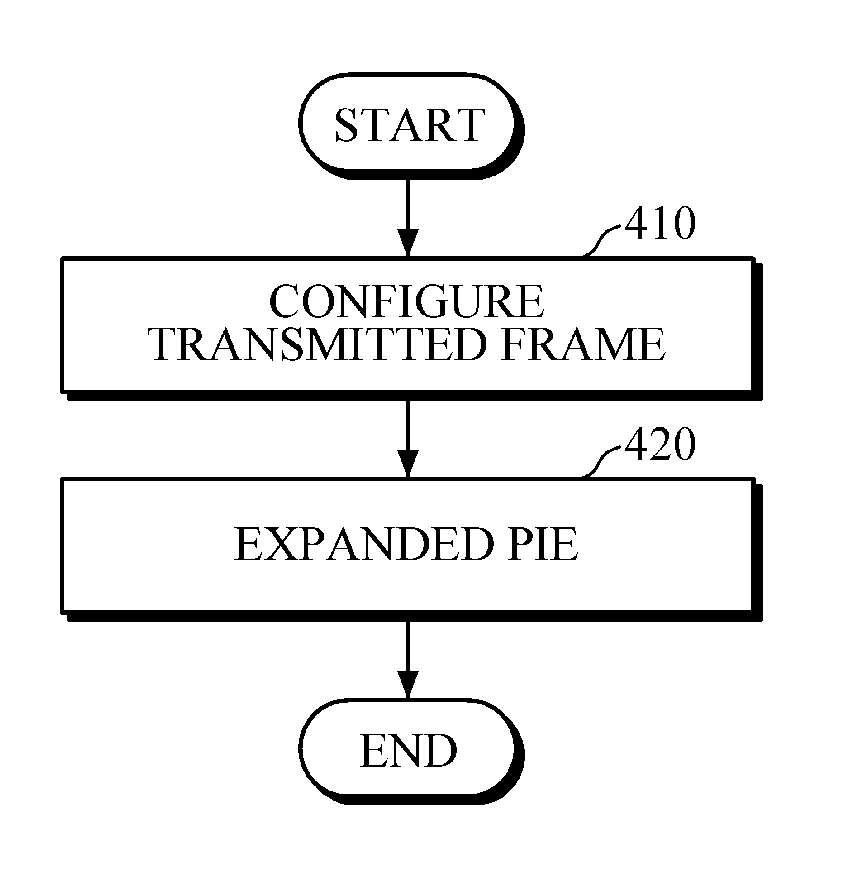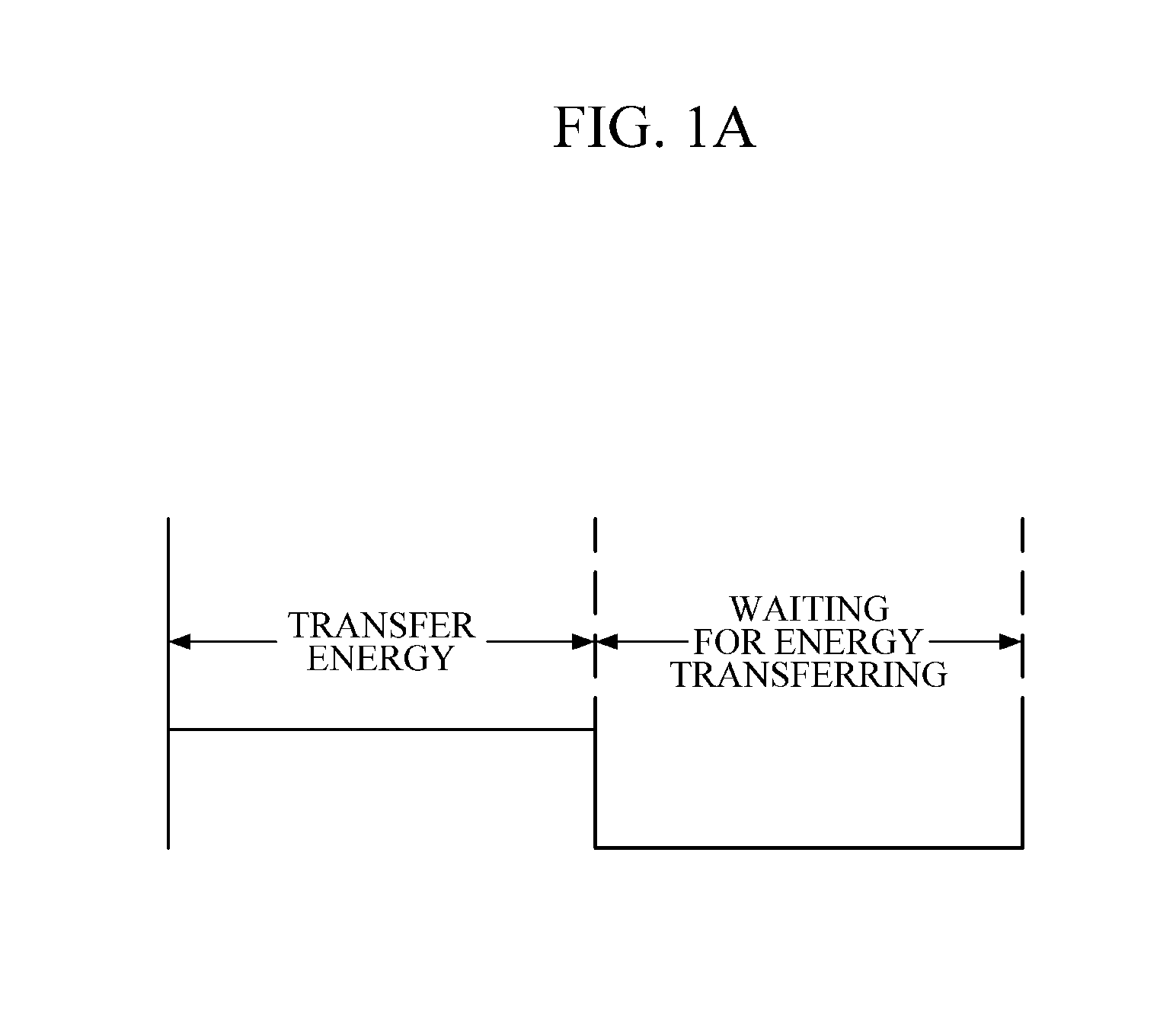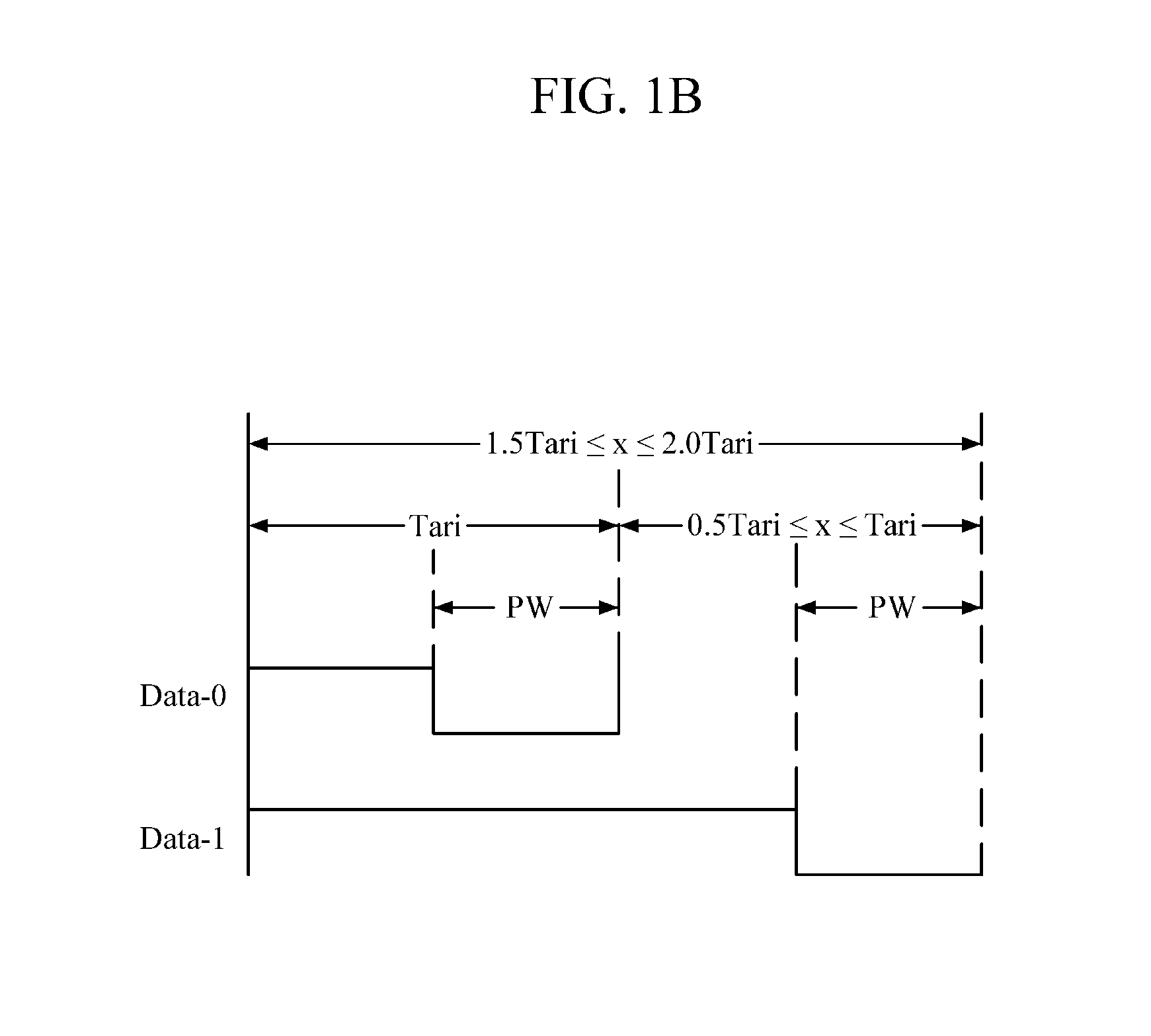Passive radio frequency identification (RFID) reader, passive RFID tag, and transmitting and receiving methods using extended pulse-interval encoding (PIE)
a radio frequency identification and reader technology, applied in digital transmission, sensing by electromagnetic radiation, instruments, etc., can solve the problems of large data, inconvenient high-speed transmission, and increased error rate of received data packets, so as to enhance the speed of data transmission
- Summary
- Abstract
- Description
- Claims
- Application Information
AI Technical Summary
Benefits of technology
Problems solved by technology
Method used
Image
Examples
Embodiment Construction
[0030]The following description is provided to assist the reader in gaining a comprehensive understanding of the methods, apparatuses, and / or systems described herein. Accordingly, various changes, modifications, and equivalents of the methods, apparatuses, and / or systems described herein will be suggested to those of ordinary skill in the art. Also, descriptions of well-known functions and constructions may be omitted for increased clarity and conciseness.
[0031]FIG. 1A is a diagram illustrating a method for energy transmission according to a signal level.
[0032]Referring to FIG. 1A, the method for energy transmission according to a signal level consist of an energy transfer section, that is a high section where energy is being transferred, and an energy transfer waiting section, that is, a low PW section where energy is not being transferred.
[0033]FIG. 1B is a diagram illustrating a pulse-interval encoding (PIE) signal transmitted from a reader to a tag, which is generated according...
PUM
 Login to view more
Login to view more Abstract
Description
Claims
Application Information
 Login to view more
Login to view more - R&D Engineer
- R&D Manager
- IP Professional
- Industry Leading Data Capabilities
- Powerful AI technology
- Patent DNA Extraction
Browse by: Latest US Patents, China's latest patents, Technical Efficacy Thesaurus, Application Domain, Technology Topic.
© 2024 PatSnap. All rights reserved.Legal|Privacy policy|Modern Slavery Act Transparency Statement|Sitemap



